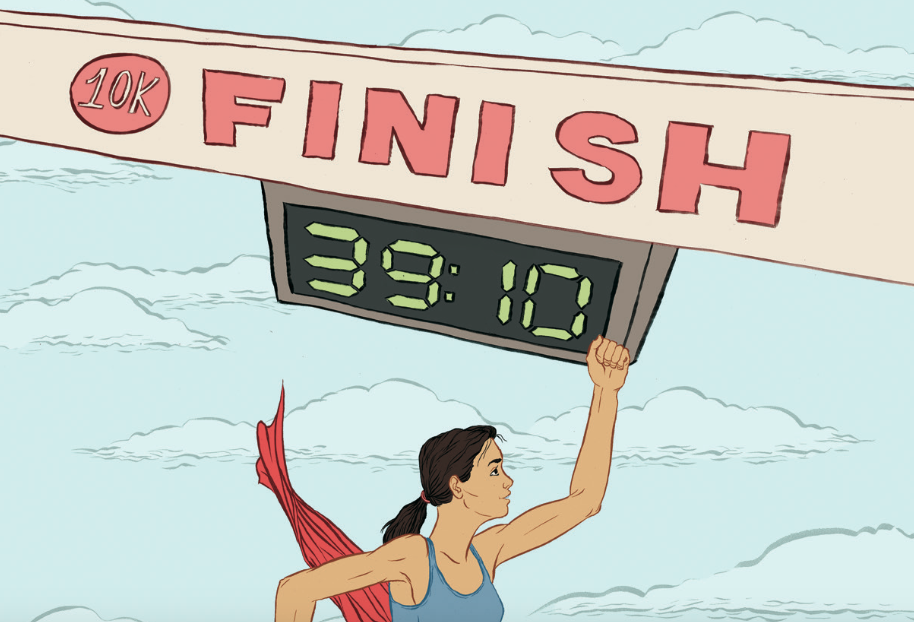Consistency and control: the keys to success in running
The back-to-basics method for getting faster

What is the secret to improving your running performance? Is it increasing mileage? Doing longer long runs? Cranking out big, hard interval sessions? If there’s one thing we’ve learned from elite runners like Eliud Kipchoge and Molly Seidel, these are just small aspects of an effective training program. The real keys to lasting success are simple: consistent training and controlling your effort so you can go hard when it counts.

Consistency
If you were hoping the keys to running success would be something flashy and fun, we’re sorry to disappoint you. In reality, if you want to get better, you have to do what your mom always taught you: practice, practice, practice. The only way to get better at anything is to do it consistently, and running is no different.
This rule doesn’t just apply to your actual running, it’s also important to all your other habits. If you want to run well, you need to consistently get at least seven to eight hours of sleep, eat a healthy diet that provides enough energy to support your training and take care of your body to prevent injuries. You can do all the fancy, fun workouts in the world, but if you’re not doing those three things, you won’t see the results you’re looking for.

Control
A lot of runners think they need to go out and hammer every workout and run, but if looking at the training plans of athletes like Kipchoge and Seidel has taught us anything, it’s that the majority of your training does not need to be done at your max effort. Both Seidel and Kipchoge run 80 per cent of their mileage at a very easy pace, and less than five per cent at their all-out maximum effort.
Very few workouts are meant to be run at your top speed. Remember — every session has a purpose and should be paced accordingly in order to achieve the desired training effect. If you’re supposed to do a 30-minute tempo run at half-marathon pace, doing it at 10K pace isn’t going to make you a better runner, it’s just going to over-work you so you aren’t recovered in enough time to do whatever workout is next on the schedule.
How to have long-term running success, with Malindi Elmore and Nate Brannen
For this reason, understanding when to hold back and when to drop the proverbial hammer (i.e. controlling your effort) is crucial to following a training plan in a sustainable way. Doing so will ensure you get to the start line healthy, strong and ready to race, rather than injured and burnt out.


